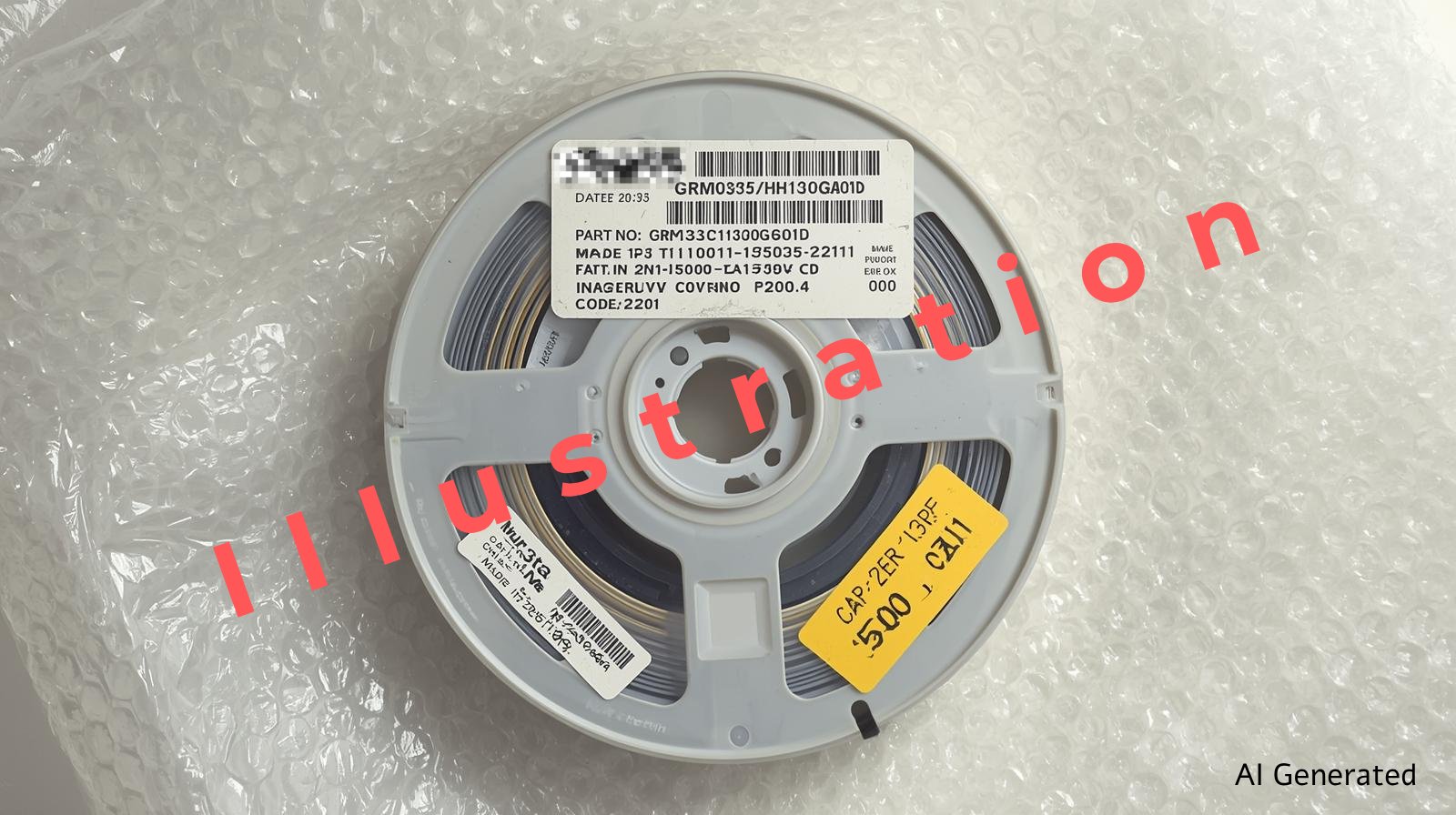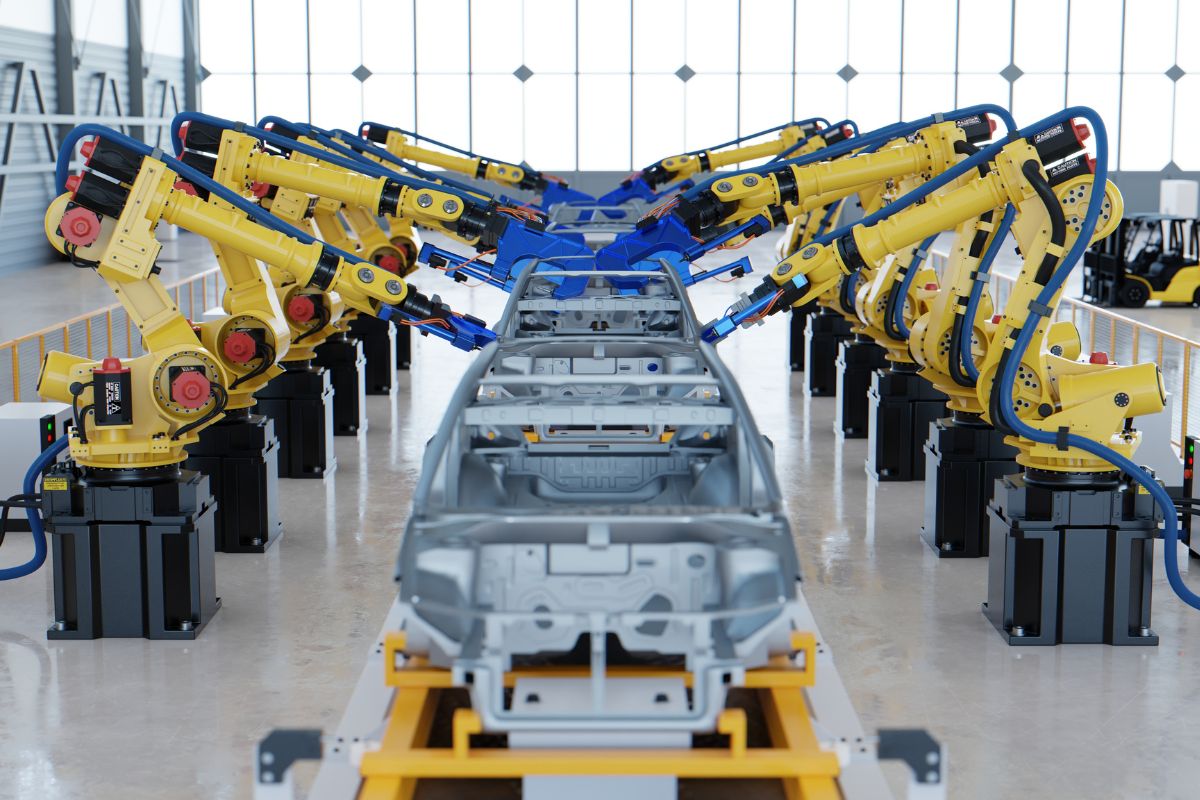Securing Electronics at the Component Level: The Role of Visual AI in Hardware Cybersecurity
By: Dr. Eyal Weiss
As the global electronics supply chain grows more complex and interconnected, ensuring the authenticity and security of every component has become a strategic imperative.
From data centers and medical devices to aerospace systems and defense platforms, organizations are recognizing that cybersecurity starts with hardware and that means safeguarding the physical elements on which software and operations rely.
Download the full paper on TechRxiv: Visual AI-Driven Secure Electronics Manufacturing – TechRxiv
Why Hardware Security Starts on the Manufacturing Line?
Hardware-based cyber threats, such as counterfeit components, unauthorized replacements, and
malicious implants, are no longer theoretical. These risks are increasingly real, as supply chain
pressure drives manufacturers and integrators to source components from secondary or
unverified suppliers sometimes unknowingly.
Traditional inspection methods, including AOI (Automated Optical Inspection) and X-ray analysis, often fall short in detecting subtle but dangerous anomalies like re-marked chips, aged components, or tampered packages. Furthermore, many systems still rely on outdated
verification strategies such as “golden units” or random sampling, which provide limited and
non-scalable assurance.
This is where Visual AI presents a transformative opportunity.

Image 1 – Bottom-side authentication embedded into the pick-and-place process (source: Cybord AI)
Visual AI: From Quality Control to Cyber-Physical Security
Visual AI leverages deep learning models to analyze high-resolution images of components captured during pick-and-place, post-reflow, or final assembly stages. These images are compared against extensive databases of known-good components to detect discrepancies in top markings, physical wear, probe marks, and other indicators of tampering or inauthenticity.
Unlike rule-based systems, Visual AI continuously learns and adapts to natural board-level variations, avoiding false positives while still flagging real threats. Most importantly, it operates in real time and at scale, enabling 100% inspection coverage not just samples.

Image 2 – Probe marks detected via bottom-side ispection (Source: Cybord AI)
Use Cases in Mission-Critical Industries
The application of Visual AI goes far beyond routine quality assurance. In our research, we highlight its relevance in several mission-critical domains:
- Defense & Aerospace: Detecting unauthorized firmware probes, clone components, or swapped parts that could compromise aircraft or weapons platforms.
- Medical Devices: Ensuring every component inside life-saving equipment matches specification and origin, with full traceability.
- Automotive Systems: Protecting ADAS (Advanced Driver-Assistance Systems) and autonomous vehicles from hardware-based failure modes.
These use cases underscore a common reality: hardware cybersecurity is not optional and Visual AI provides a practical way to enforce it during production.

Image 3 – Tampered board. Piggyback detected through top-side board inspection (source: Cybord AI)
Breaking Free from BOMs and CAD Files
One of the most compelling aspects of Visual AI is its ability to work without relying on BOMs or CAD files. This independence makes the technology ideal for multi-tiered manufacturing environments where design documentation is incomplete, outdated, or inaccessible. The AI models can analyze what’s on the board physically without needing to be told what should be there.
This capability not only accelerates deployment but also future-proofs the inspection process in dynamic production environments.
Looking Ahead
The integration of Visual AI into electronics manufacturing represents a major shift in how the industry approaches supply chain integrity, product authenticity, and embedded system security. As threats evolve and hardware becomes a prime target for cyberattacks, real-time, image-based inspection is no longer a luxury it’s an operational necessity.
Whether you’re an OEM, EMS, or government agency, the tools now exist to see what’s really happening on the board and take action before problems escalate.
To learn more, read the full technical article:
Visual AI-Driven Secure Electronics Manufacturing – TechRxiv




